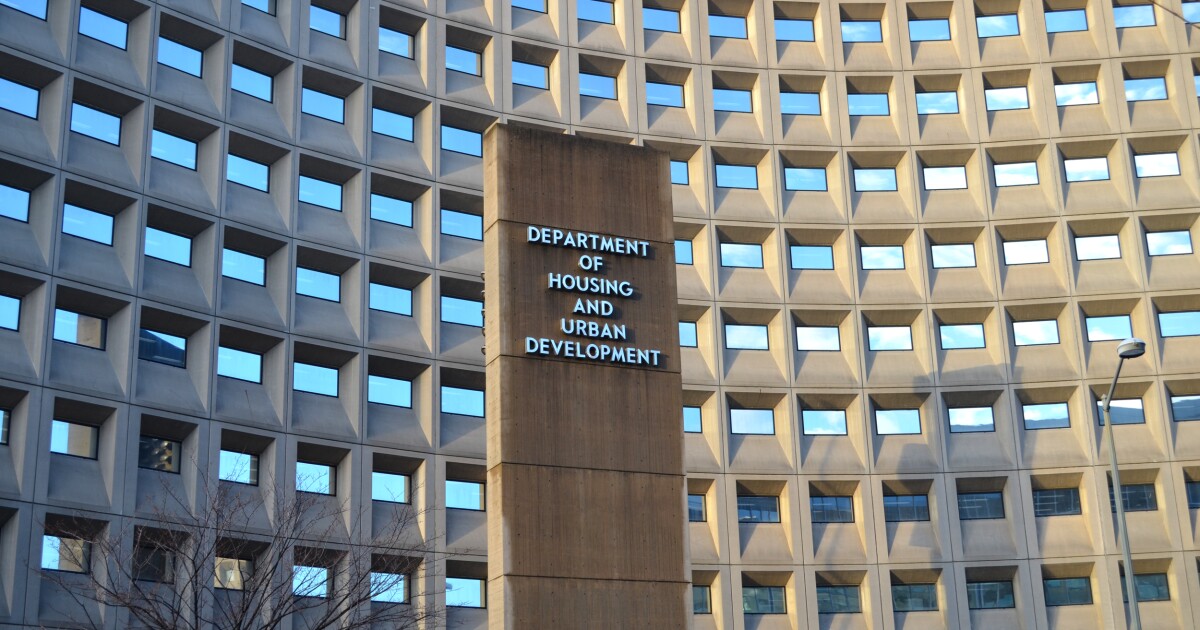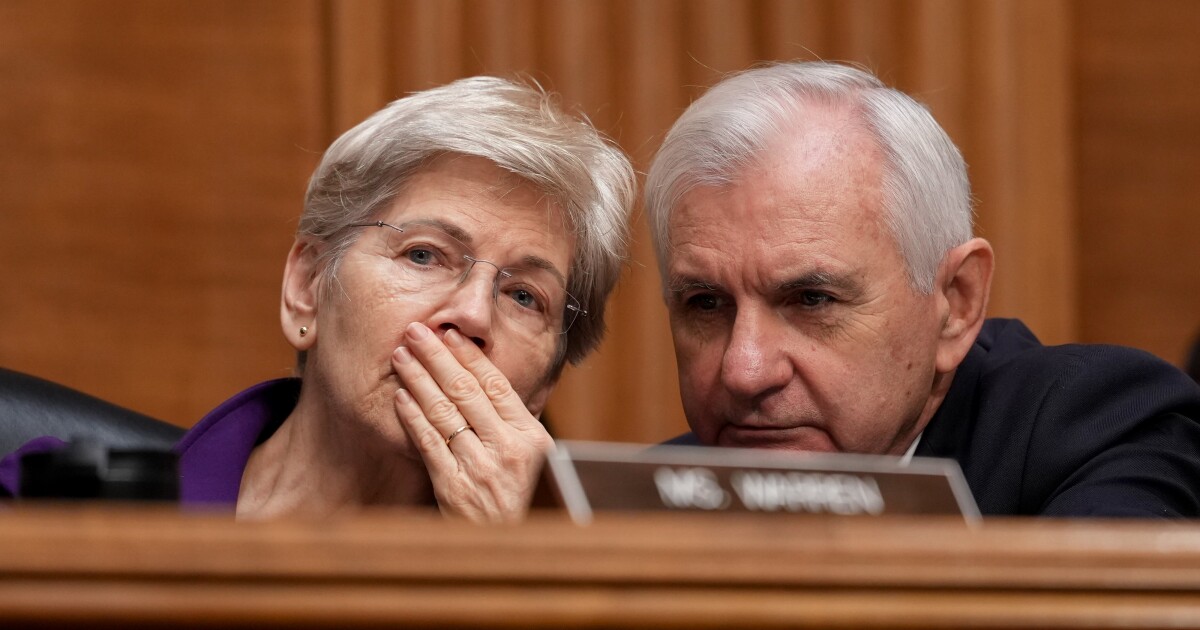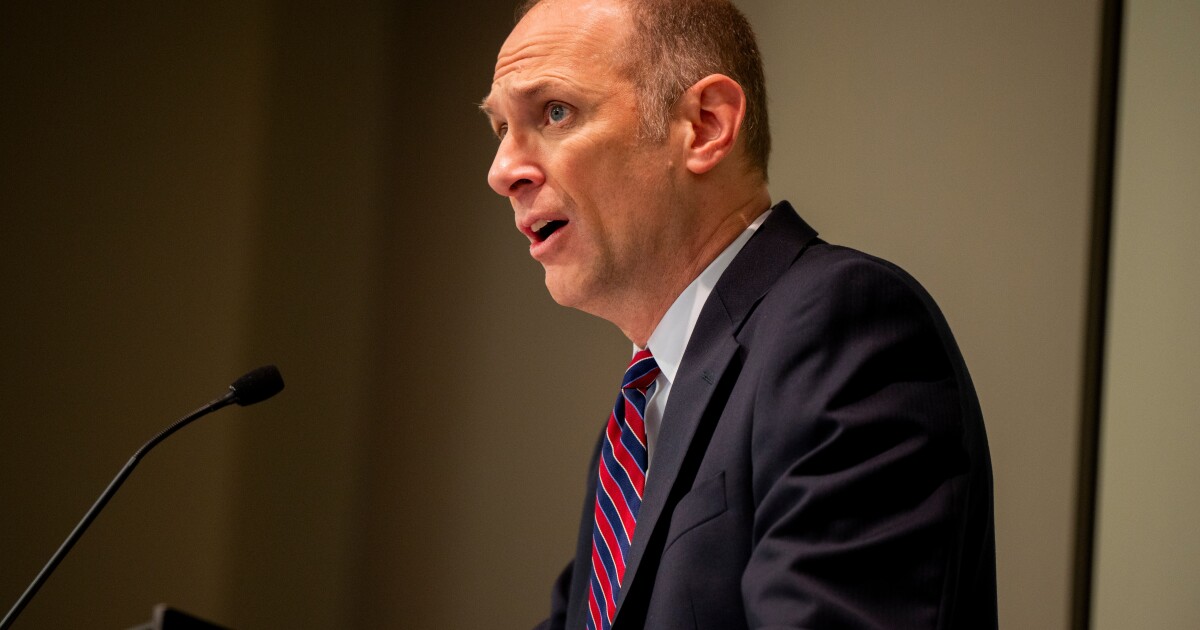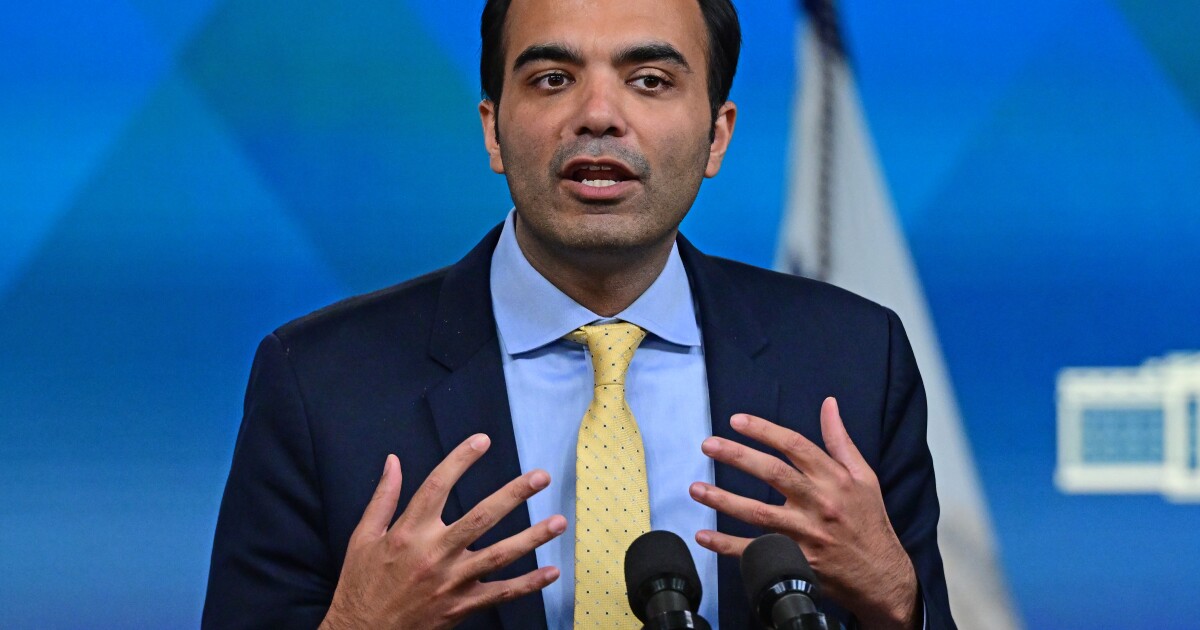
Monday’s release of FHA’s annual financial report was great news, confirming continued strong growth in FHA’s capital ratio to over 8% — more than 4 times the required statutory minimum. It renewed debate over calls from groups like Community Home Lenders Association [of which this author is the executive director] for FHA to end its Life of Loan policy that it put in place in 2013 and to cut annual premiums back down to pre-crisis levels.
In the immediate aftermath of the 2008 housing crisis, private market mortgage sources shrunk dramatically. Private label securities, the source of predatory, risk subprime loans, collapsed. Many banks either exited the market or focused on higher FICO borrowers, prioritizing cross selling other products to well-heeled customers over originating mortgage loans to underserved borrowers.
This left FHA to save mortgage and housing markets, taking on new loans through the downturn and dramatically raising premiums and imposing them for the life of the loan, in order to rebuild FHA’s finances. Thirteen years later, despite a full recovery of housing markets, the PLS market is still moribund and banks are still largely on the sidelines when it comes to underserved borrowers.
Monday’s FHA’s Report tells the tale. More than 84% of FHA’s loans last year were to first-time homebuyers — compared to 45.02% for the rest of the mortgage market. Sixteen percent of FHA’s loans last year were to black homebuyers, compared to just 6% for the rest of the mortgage market. And 25% of FHA’s loans last year were to Hispanic homebuyers, compared to just 10% % for the rest of the mortgage market.
So, if private mortgage lenders want to jump back in the market, we welcome them to do so. But it is FHA that does the lion’s share of mortgage loans to otherwise qualified underserved borrowers that have minor credit blemishes or a need for a low down payment loan. And the strong continued growth in FHA’s finances and capital ratio show this is being done in a financial responsible way.
Unfortunately, FHA’s Life of loan premium policy overcharges each FHA borrower by tens of thousands of dollars. By the time a borrower hits 78% LTV, that borrower has already paid 10% in premiums — many times over the actuarial risk of a loan. Life of Loan deprives FHA’s most underserved borrowers of critical wealth building.
So, ending FHA Life of Loan should be a key component of the Administration’s racial equity agenda.
Regarding premium levels, the temporary premium increases designed to rebuild the FHA Fund have more than accomplished their goal. We appreciate that FHA should pay attention to risk factors, like COVID loan performance and potential home price depreciation. But our analysis is that even if COVID loan performance turns out to be a problem and prices decline, the $84 billion in FHA cash reserves (a key part of its record 8% capital ratio) is more than adequate to absorb any such losses.
And if the Obama/Biden Administration thought it made sense to cut premiums five years ago, when the FHA Capital Ratio was 2.32%, it is surely appropriate for the Biden Administration to do so now when the ratio is almost four times that level.
We understand that market competitors would like to see FHA shrink. Some support such a policy based on an aversion to the government being involved in the mortgage sector. But CHLA rejects the argument that premiums should be set artificially high because of concerns about FHA’s market share.
In fact, FHA’s market share has declined steadily, FHA’s full year 2020 FHA market share measured in loan volume is below 10% — the lowest level since 2007.
Let’s be clear. FHA insures loans that the private market is not that interested in making. So, the main impact of policies which constrain FHA’s market share is to deny underserved borrowers and minorities an opportunity to buy a home.
And, to the extent FHA is taking market share away from other loan sources, it is primarily from Fannie Mae and Freddie Mac. But an aversion to government mortgage programs can’t be a basis for such concern; Fannie and Freddie are also backstopped by taxpayers. And if this is a concern, FHFA could address this by coordinating a cut in LLPAs at the same time FHA cuts annual premiums.
For 13 years, both Republican and Democratic Administrations have been good stewards of FHA’s financial health. Monday’s MMIF report is a testament to that. It is time to reap the rewards of that stewardship.



